Goodbye 2019, Hello 2020
Every growing season provides us with an opportunity for learning, and 2019 was certainly no exception to this rule. Although we need to be cautious about relying too strongly on variety performance from a single year, especially one as unique as the one we have just gone through, there are always agronomic lessons that we can take to heart. In my recent ILSoyAdvisor webinar, I discussed several things that we learned or confirmed in 2019. Image 1: Single pass post-herbicides on large weeds are often ineffective. Proper weed management is critical With this year’s excessively wet spring, many growers [...]
Do You Have the Proper TIPS?
It seems like nothing is simple anymore. After the introduction of glyphosate tolerant soybeans in the mid-1990s, herbicide applications where somewhat simplified. In recent years, with newer herbicide tolerant soybeans and the ever evolving weed resistant population, soybean herbicide operations are becoming increasingly complicated again. Before new herbicides are released into the commercial market, extensive research is completed to ensure optimum performance. It’s these trials that populate recommendation of State and Federal labels, such as wind speed, plant back restriction and application rates. For an herbicide to be effective against an emerged weed, a certain concentration of the active [...]
Will High-Yielding Beans Work for You?
Most farmers and agronomists would agree that seed selection is one of the single most important decisions that can be made for an upcoming crop. From this single decision, one will determine field selection, row width, seeding depth, seed treatments, herbicides, nutrients, etc. Therefore, selection is a significant factor for a successful and profitable growing season. I have always recommended to my customers the importance to “control the controllable.” Since there are so many factors that play into yield, profitability and sustainability that one cannot control, it’s important to redirect this energy to items that one can. 1. We [...]
Premium Discount
This December a new premium discount program is available to farmers who plant cover crops ahead of a federally insured commodity crop and insured with approved insurance providers. The new state program called Fall Covers for Spring Savings is administered by the Illinois Department of Agriculture and the Illinois 97 Soil and Water Conservation Districts. The $5 premium discount is available on 50,000 acres of cover crops that were planted in the fall of 2019. This program is a result of several diverse organizations partnering together to design a program that would be easy for farmers to enroll and [...]
Looking for the Silver Lining
2019 has been a year to remember, or maybe, it has been a year most of us in the agriculture community would like to forget. Late planting, variable rainfall all summer, followed by a wet and cold fall have made for many “headaches” this year. Many farmers are still trying to get crops harvested a few days before Thanksgiving. The cold, wet fall has led to many challenges such as harvesting higher-moisture corn, muddy fields, compaction, lack of cover crops getting planted and less tillage, and fewer fall fertilizer applications than most farmers would have liked. This has left [...]
2019 Weather Summary and a Look Forward to 2020
The 2019 weather year was chaotic and variable, with multiple extreme events that added tremendous difficulty for farmers and producers. Here I’ll review the eventful 2019 weather year and offer an outlook for winter/spring 2020. Wet Winter & Spring Statewide monthly precipitation departure from the 30-year normal from June 2018 to October 2019. Data were provided by the Midwestern Regional Climate Center (mrcc.illinois.edu) 2019 started with preexisting wet conditions, as five of the last seven months of 2018 were wetter than normal statewide. This was followed by above normal precipitation in January and February, saturating soils across the region. [...]
Four Soybean Seed Decisions for 2020
Even before farmers across the state have parked their combines for the winter, the time for considering 2020 seed orders is upon us. Generally, one important factor for growers when choosing seed is the performance of varieties in trials across the state. Agronomists always caution against making decisions based on one year of data. That approach would be especially risky after this season, with the abnormal weather we have encountered. A better approach is to choose varieties to plant on the majority of your acreage that have an established history of at least 2-3 years of strong performance. A [...]
How To Establish an Agronomy Trial
In modern production agriculture, research and agronomic trials have expanded beyond small strip trials and university research. Many producers are developing their own highly sophisticated on-farm research studies. Technology has come a long way in helping producers collect data from a yield monitor at harvest and upload that data wirelessly to computer software for processing. Several producers have partnered with CCAs or agronomists to help set up trials and to understand their findings. Below are some concepts to consider when developing on-farm research trials for the 2020 growing season. 1. What do you want to test? a. Soybean Variety [...]
What Does a CCA Soy Envoy Do?
It was an 86-year-long journey that eventually launched the modern Certified Crop Advisor (CCA) program. The American Society of Agronomy (ASA), currently headquartered in Madison, Wisconsin, was founded on December 31, 1907 with only 43 individuals—over time that would grow to 10,000 members in 1978. The ASA provides resources and network opportunities for agronomy and soil professionals to learn and in turn advise others. In 1993, ASA launched the Certified Crop Adviser program. There are currently 13,000 individuals, including 1,200 form Illinois that have earned and currently hold the honor of being a CCA. The purpose of a certification [...]
Western Illinois University Evaluates Impact of Pennycress
In 2019, Western Illinois University (WIU) announced the reception of a 10 million dollar USDA-NIFA grant. WIU will be the lead institution for this grant and will collaborate with The Ohio State University, Illinois State University, University of Minnesota and the University of Wisconsin-Platteville to complete the objectives of the grant. WIU will utilize the grant to research the commercialization of pennycress as a biofuel for the aviation industry to reduce its carbon footprint. Starting in 2009, the Illinois Soybean Association has helped fund much of the early crop rotation studies at WIU looking at the impact of pennycress [...]

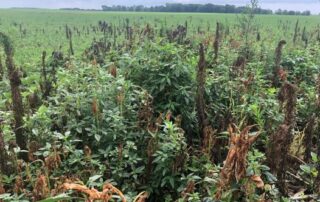
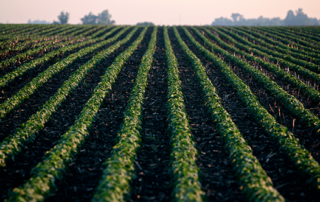
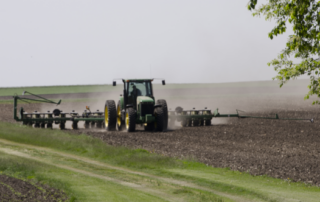
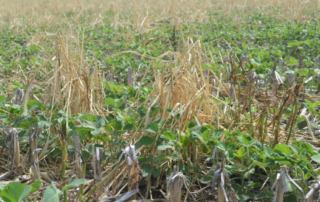
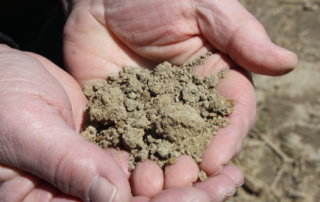
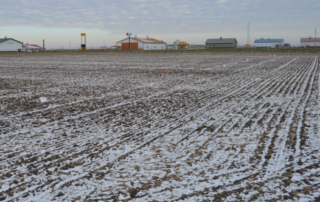
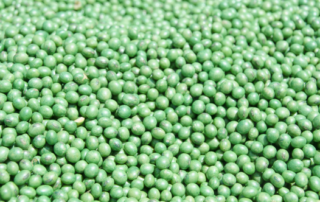
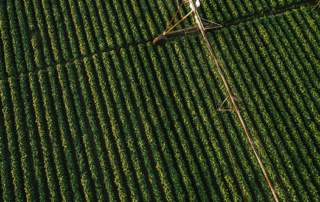

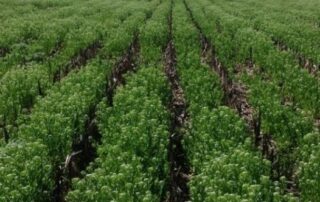

 and then
and then